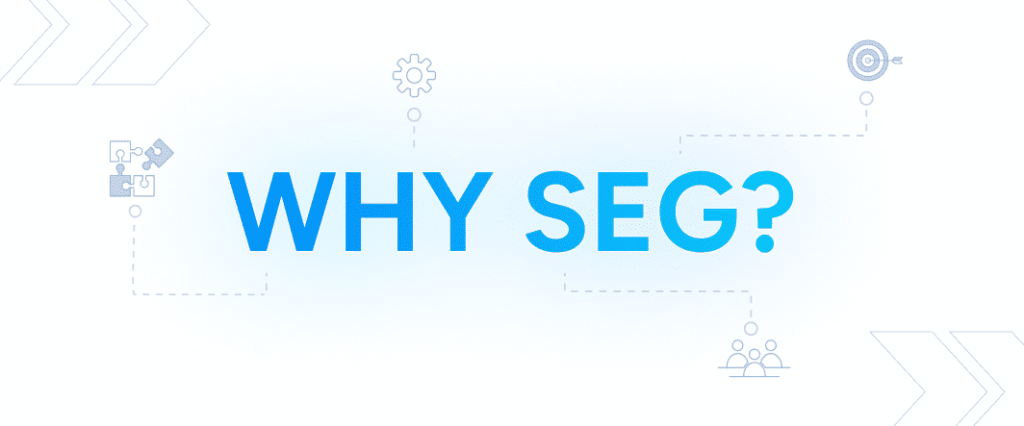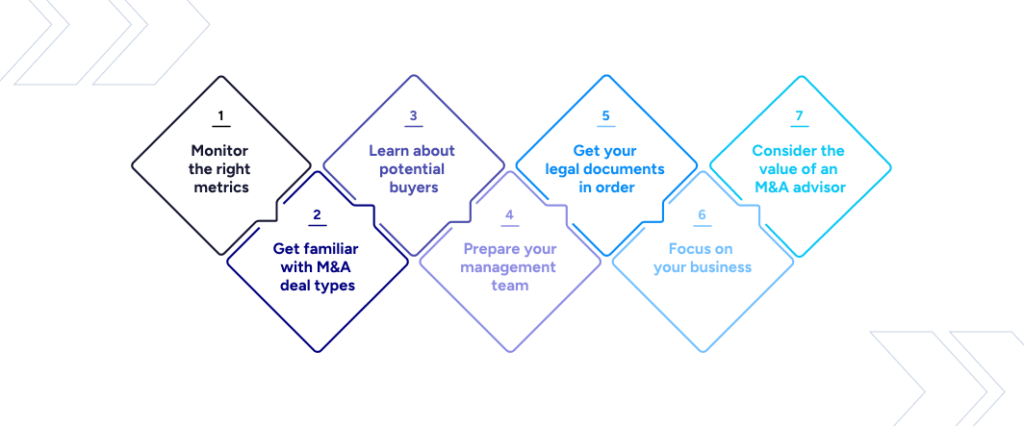- Company
Featured Resource
CLIENT STORYModern Message
To Real Estate
Giant RealPage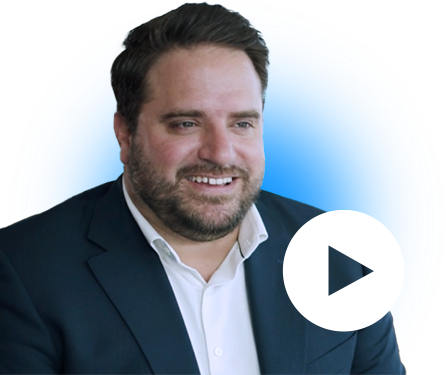
- Sectors
Featured Industry Report
EXPERT SERIESManufacturing Software
Report – Part 2
- Research
Featured Resource
FEATURED REPORTThe SEG 2024
Annual SaaS Report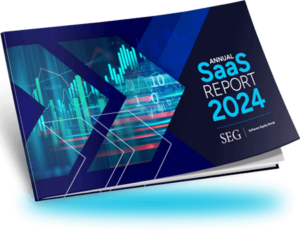
- Tools
Featured Resource
WHITEPAPER20 Factors to Track When Valuing Your
SaaS Company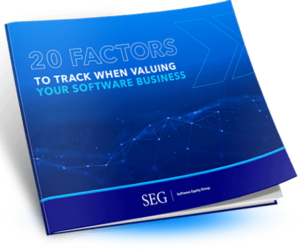
- Blog
Virtual Coffee with SEG: SaaS Technology Preparedness for Due Diligence

Coffee with Leo Tucker, COO, KMS Technology
Technology due diligence during an M&A process is complex and can often be a headache for software founders. But it doesn’t have to be that way. In a recent “Virtual Coffee,” SEG’s Managing Partner, Allen Cinzori, had coffee with Leo Tucker, the COO at KMS Technology. KMS Technology is a provider of services across the software development lifecycle, including offshore product development, software testing, and consulting services.
Leo discusses the questions that arise during technology due diligence, the boxes buyers check and third-party evaluators look for in your software company’s product offering, and common problems SaaS CEOs may run into at this stage of the process. We are hoping these few tips can help mitigate any surprises or challenges related to technology, and better prepare your company for a smooth liquidity event down the road.
Below are some highlights from the discussion. To view the entire video, select the link below.
Click to Watch Virtual Coffee with SEG
- Leo: In the near term, the first thing to do is document, document, document! We work with several companies that are going into a process, or are in a process, who don’t have a solutions architecture document. Not only will documentation make it easier on the company and the person doing the diligence, but it will also help to tell your story more effectively. A picture is worth a thousand words, and a diligence assessment is no different. Documentation is something you can do in a couple of weeks.
- Leo: The second item is just like anything else: know where your issues are before you ask about them. We strongly recommend bringing someone in from the outside to look at your architecture, the code, and to talk to your people so you can get an unbiased opinion of how you stack up and where you have a problem. This prepares you to address the problem areas in a proactive way and position it in a way that is helpful for you.
- Leo: The third piece is to tell a story. There are a lot of companies we talked to who have some of the brightest technologists. Perhaps they have good documentation, but they cannot tell a story well. Identify on your team who tells the technology story in a compelling way and will make it easily understood by both the business and a technical audience. Supplement that person with someone more technical to add color as it makes sense. Think of it as a story because that makes the whole process go more easily.
- Leo: If you have two to three years, you can fix some of the underlying technology issues or at least show progress along that path that otherwise you would not be able to.
Allen: We all have our scars from past deals and lessons learned, what is the one story that jumps into your mind where you said to yourself, “does this seller know he is just shooting himself in the foot?”
- Leo: The biggest issue that we find is when people begin to answer a question or talk to a topic that they don’t firmly understand. Allen, how many times have you sat in on a diligence call, and someone begins to respond to a question when they don’t really know what the question means? As a result of that, they talk themselves down into a rabbit hole. It’s very common, and it’s so preventable with coaching. The easiest takeaway is just to say: “Hey, you know what, I’m not certain. Let me get back to you.” It’s important to remember that the people on the other side of the table are people too. They understand, and they would rather you come back with the right answer.
Allen: When reviewing a company’s product offering or seeing a demo, what are some of your must-ask questions? Can you give an overview of the key boxes a buyer wants to check when performing a tech review?
- Leo: We look at people, process, and technology. On the people side, we typically ask how distributed the knowledge is. The big red flag, if you will, is that everything resides in one head. We recommend documentation plus training a backup. Always know who the backup is. They don’t have to know everything, and your assessor usually won’t press you too hard, as long as there is a backup.
- Leo: What’s your development methodology? And what are your gathering requirements methodology? These questions help to understand where the innovation is coming from. If all the requirements for the product are coming from the CEO’s head, then you probably don’t have a long-term sustainable model for the product. On the development process side, the question becomes: will this or won’t this scale? VC and PE firms are investing for one reason: they want that company to grow. If the development team can’t scale because their process doesn’t work, they have a real problem.
- Leo: For technology, the common question you will hear is around the open-source code. There are Black Duck Audits where someone will come in and look for that source code. Why? People want to understand security and licensing. Another is the tech stack. What versions are you running? What is the tech stack? Why did you make some of the decisions that you made? In a lot of cases, decisions are very defensible. Someone needs to be prepared to provide the “why.” If you do, you can justify most things.
- Leo: One question that we often ask is: if you had to do it all over again, what changes would you make? If somebody describes the tech stack and doesn’t come forward with some potential issue areas, it’s a great way to uncover them. Be prepared for that question and be prepared for the follow up, to make sure you have a good answer to it.
Allen: If you had one piece of additional advice to offer software CEOs that are considering entering an M&A process in six months, what would it be?
- Leo: Engage an outside source to look over your code, to talk to your people, and to understand your processes so that you can identify any problem areas before you get into the process. Once you are in the process, the problem areas may be uncovered, and it may be too late. There are a lot of firms that can help with this, but the one thing I will say true for any of them is an investment of a few thousand dollars could mean conceivably millions on the other end. On top of that, it will make the whole process easier to begin with. You will feel much more confident and the process itself will go more smoothly, especially with management meetings and diligence.
“Virtual Coffees with SEG” are conversations with industry experts, providing real-time insights into the current market and self-help advice to SaaS CEOs and operators. View our last Virtual Coffee with SEG: SaaS Sales & Marketing Best Practices in the Current Market.

